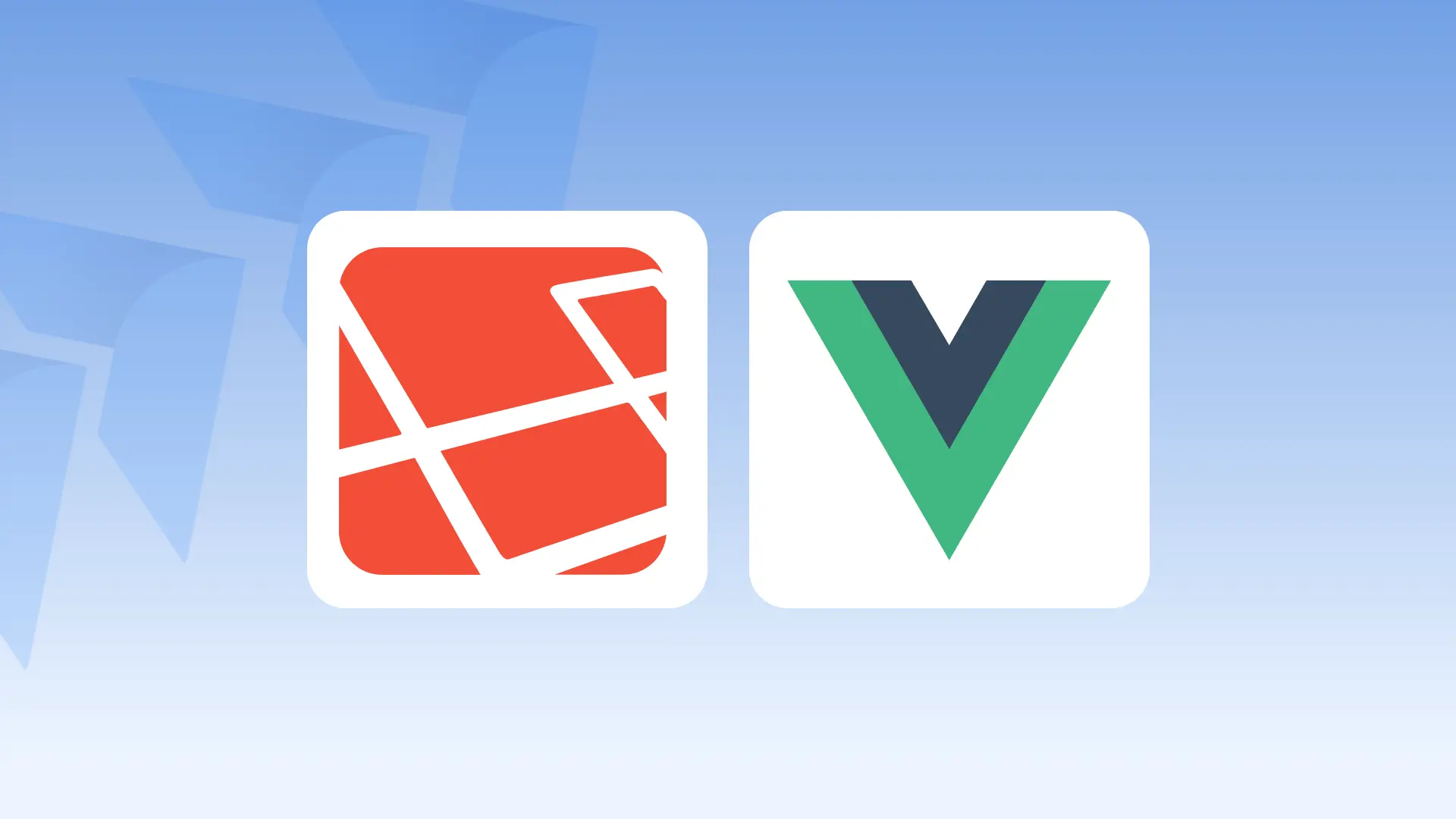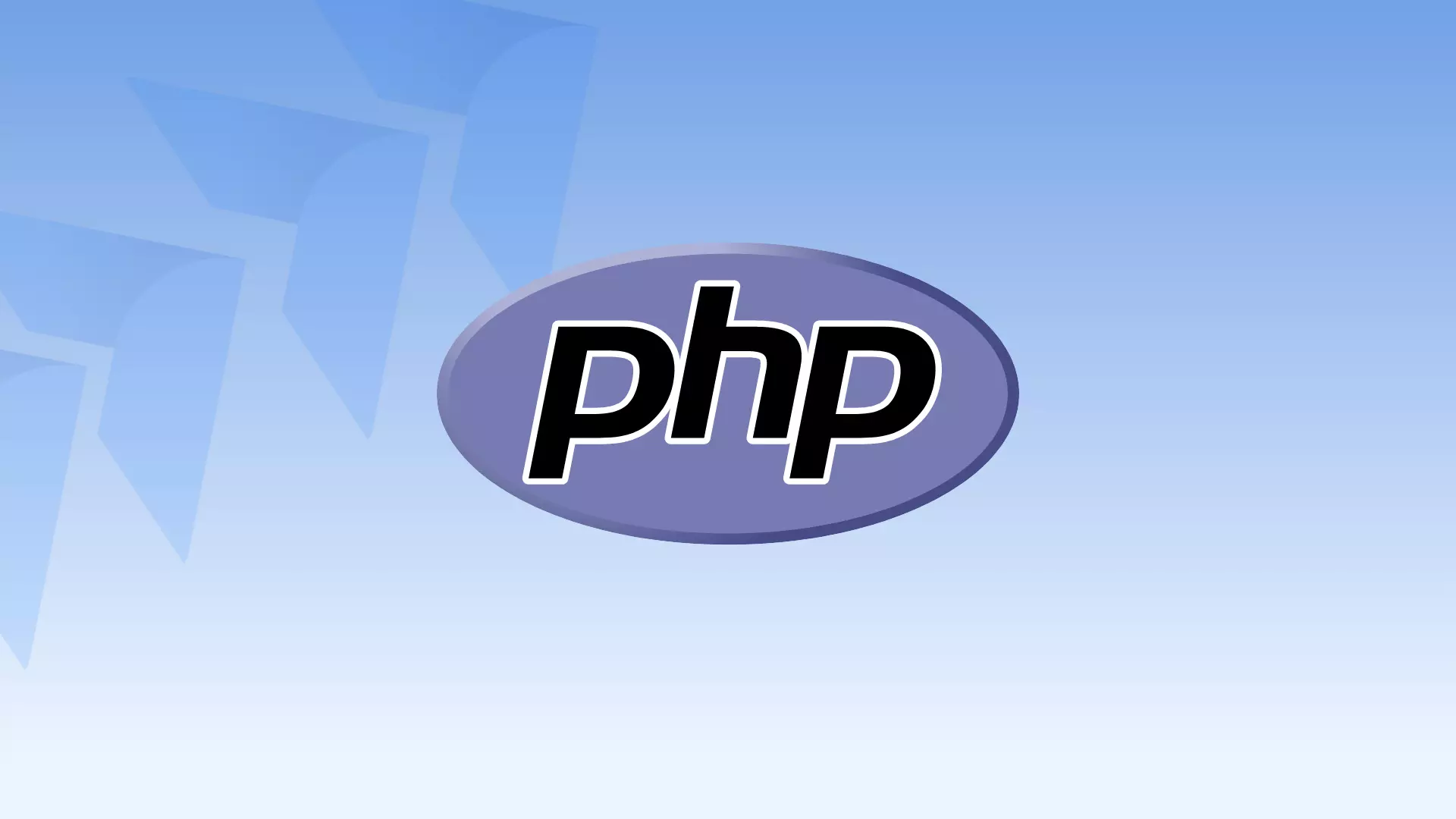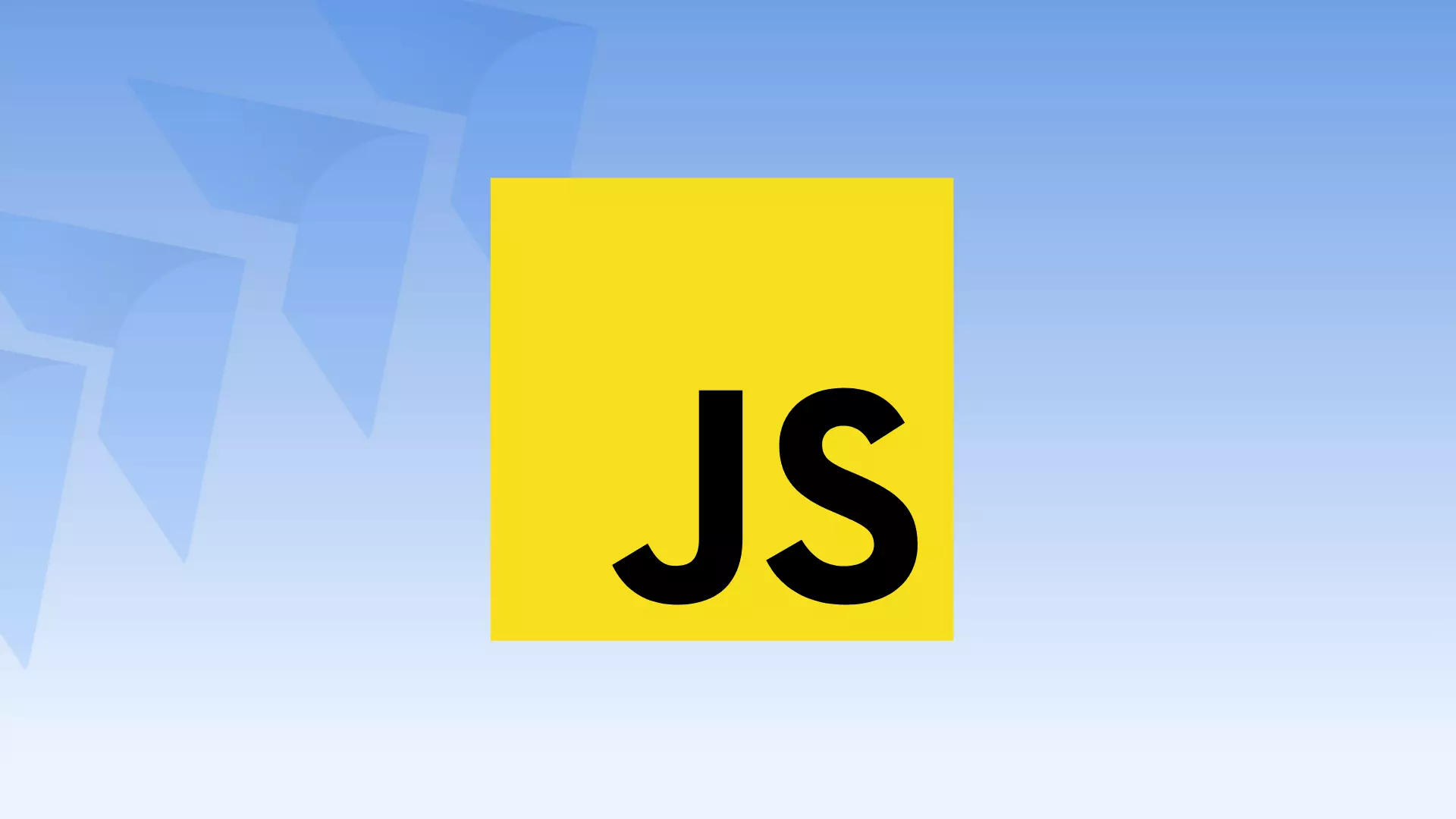Hello everybody, and welcome to Invezza’s blog.
There are over a hundred of JavaScript frameworks today but do all of them deserve more attention?
We can’t tell which technology will rule the software development industry five years from now, but we can assume which ones will continue to be the top JavaScript frameworks in the nearest future based on the current trends.
So let’s move on to top JavaScript frameworks:
1. Angular
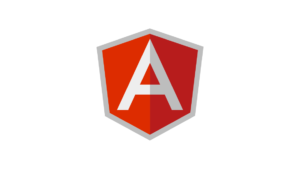
Angular offers all the necessary features and since Google is behind it. It’s easy to trust this technology.
Pros of angular include
- Vast ecosystem
- High-quality code generation
- An elegant programming style
On the other hand, angular has its cons. It requires much effort to learn, and it still undergoes many changes.
Angular is useful for developing:
- Single page applications
- Mobile apps
- Web-apps
- Chrome extensions
- Big enterprise apps
- Company dashboards
2. React

Here is another top JS framework by a tech giant. Facebook released react six years ago. It is very similar to angular; however, it surpasses the Google framework by almost all factors.
Do you agree?
Let’s review react’s pros and cons.
PROS:
- It’s very flexible
- Creates files of small sizes
- You can combine it with other top JavaScript frameworks
CONS:
- In most cases, devs need to know additional tools for full coding
- The difficulty of the learning curve depends on your experience and knowledge
- The documentation is not optimized
React is useful for
- Single page applications
- Handling the view layer of an app
- Creation of reusable UI components
- Large web applications
3. VUE

This framework saw the dev industry back in 2014, and with time it has become very widespread. Vue takes pretty much the best of j/s frameworks and mixes it in a single technology.
Pros of vue include
- Small and quick ecosystem
- Simple code structure
- Ease of integration with other apps
- Flexibility
Also, we examined the main cons
- The set of tools is limited
- Most of the guides are in Chinese and the english-speaking community is small so far
Vue is useful in
- Building UI
- Single page apps
- Improving existing apps (performance, UI etc.)
- Complex apps
4. EXPRESS.JS
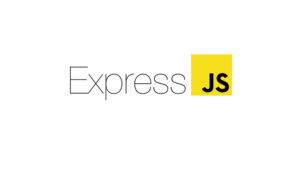
While this framework remains rather minimal, it offers all the required tools devs need to create web and mobile apps, and when it comes specifically to node-based web apps, Express j/s guarantees rapid development
Pros of Express j/s are
- Full control over external behavior and data access levels
- Fast and easy development
- Effortless to integrate other solutions
- Easy learning curve
As for the cons, you need to understand the middleware plugins, and sometimes the template code makes the process more complex.
Express JS is great for
- Off frame development
- Web-apps
- REST API
- Dynamic rendering of HTML pages
5. EMBER.JS
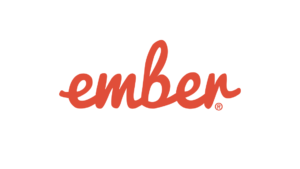
This is one of the oldest frameworks that will remain popular. Simply because many devs are still used to it. Ember is excellent for developing complex apps partly because it is strictly organized
Pros of ember.js are
- High scalability
- Support of URL oriented development
- Huge community
- Structured and clear documentation
Cons include
- Slowly rendering and issues with the testing process
Ember.js is great for
- Large web-based apps
- Complex ecosystems
- Client-side apps
6. MITHRIL

This client-side framework is tiny and rapid. The demand for mithril dev seems to grow, so even though it might not be as popular as other frameworks on this list, we expect it to be widely used in the next few years.
Pros of this framework:
- It’s easy to learn
- Very flexible
- It offers an intelligent Auto redrawing system
On the other hand, its sizes small only when zipped. It doesn’t look so appealing when parsed and evaluated. Also, this framework is not too popular.
Mithril is useful for
- Single page apps
- Complex user interfaces
- Streaming services
- Pretty much any web-based app
7. SVELTE

It is not too well known yet. Yet it is very promising. Its idea is that svelte will be the only tool developers need to create the code. this unique approach gives this framework all chances to become one of the most used technologies
Pros of svelte are the following
- No need to write code for a framework
- Allows creating independent apps
- Small size file
- A completely new approach to the development
- Short learning curve
The main cons are a
- Small community and
- Limited set of features
Svelte is useful for
- Writing framework independent apps
- Creating basically any web app
8. Aurelia

Aurelia is built upon smaller modules. It’s designed this way to provide developers with a possibility to choose either only those modules they require or leverage the framework as a whole
Aurelia has a
- Low learning curve
- Universality
But on the other side, this framework has a small community
Aurelia is useful in
- Projects that require maximum flexibility
9. METEOR
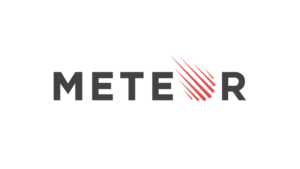
Finally the last but not least comes a famous node.js framework.
Its main pros is that it is full-stack, meaning it enables you to create both back-end and front-end of your application. Also, among meteors benefits, we can distinguish its ease of use and the fact that this framework speeds up the development process, but documentation could have been better.
Meteor is useful for
- Small reactive applications
Sure, you need quite a lot of experience and expertise to choose the correct solution for your project. Invezza team has worked and is continually working on complex projects for top brands. That’s why here at Invezza, we can quickly determine which framework will be the best fit for a project
So don’t hesitate to contact us.
Thank you for reading this article till the end.



